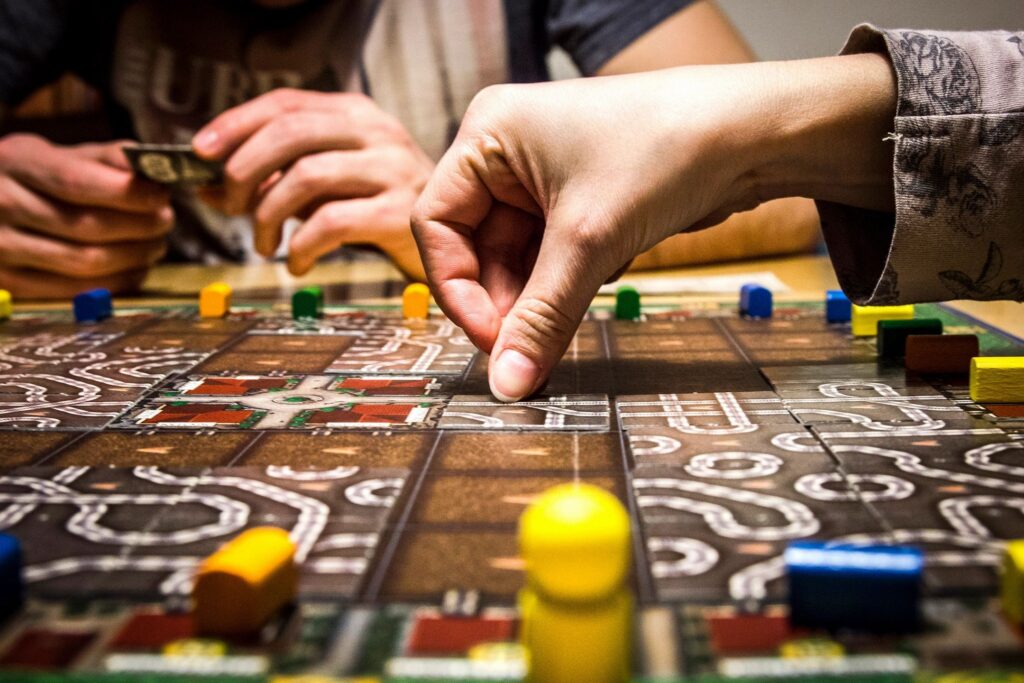
The Most and Least Enjoyable Daily Activities During Quarantine
Finding activities that bring positive emotions into your life has always been important, but it gained a new urgency when daily life was turned upside down by the pandemic.
With lockdowns going into effect, everyday activities like working and socializing started to look different than they had before for many people. And some entirely new, unexpected everyday activities emerged, like homeschooling children full-time.
That raises a question: under this new way of living life, which everyday activities tend to be associated with the most positive emotions and which with the most negative?
A survey of 604 people in Ireland, conducted in March after the country’s lockdown went into effect, looks at exactly that question. Participants were asked to report on how they spent a random window of time in their day, and the extent to which they felt a range of positive and negative emotions during that time.
Based on this data, the authors of the study found that certain activities tended to be consistently associated with positive and others with negative emotions.
Of 24 types of activities considered, exercising stood out as the one during which people reported feeling the highest levels of positive emotions. Going for a walk and gardening had similarly strong positive associations, as did engaging in a hobby.
Taking care of children was also linked with high levels of positive emotions, but there was a caveat: actually having to homeschool children during quarantine was one of the activities linked with the highest levels of negative emotions. That finding seems to fit with anecdotal reports from parents who have found a new level of appreciation for their children’s teachers during the pandemic.
The single most emotionally unpleasant everyday activity that the researchers found, though, was learning about COVID-19. Of course, being informed about the public health crisis carries a variety of other benefits, but the emotionally taxing nature of gaining that information bolsters recommendations from organizations like WHO and the CDC to put limits on coronavirus-related media consumption.
Other activities that seemed to have strongly negative emotional associations during lockdown were working, studying and shopping. To some extent, those might be activities that people don’t find particularly enjoyable even in the best of times, but they’re also activities that have been changed in various ways by the pandemic.
The survey additionally looked at the emotions people reported feeling during various types of remote and face-to-face interactions. When it came to face-to-face interactions, those with friends were linked most strongly with positive emotions while those related to work got the most negative ratings.
In a virtual format, work-related interactions were again the least enjoyable. Interestingly, though, it was virtual interactions with pets that most often went hand-in-hand with positive emotions. If you have to schedule a Zoom meeting, best to schedule it with your dog.
Finally, the researchers found some evidence that the setting of an activity made a difference, with activities taking place outdoors or in nature having strong positive emotional associations.
Overall, the results of the study suggest that, in a time of staying at home, activities like exercising, walking, gardening and engaging with hobbies might give a real boost to mental health. And as far as activities that pose a new challenge to mental health… for the love of all things good, lets get some support on the way for parents who are having to suddenly become full-time educators of their children, who it looks like could really use it!